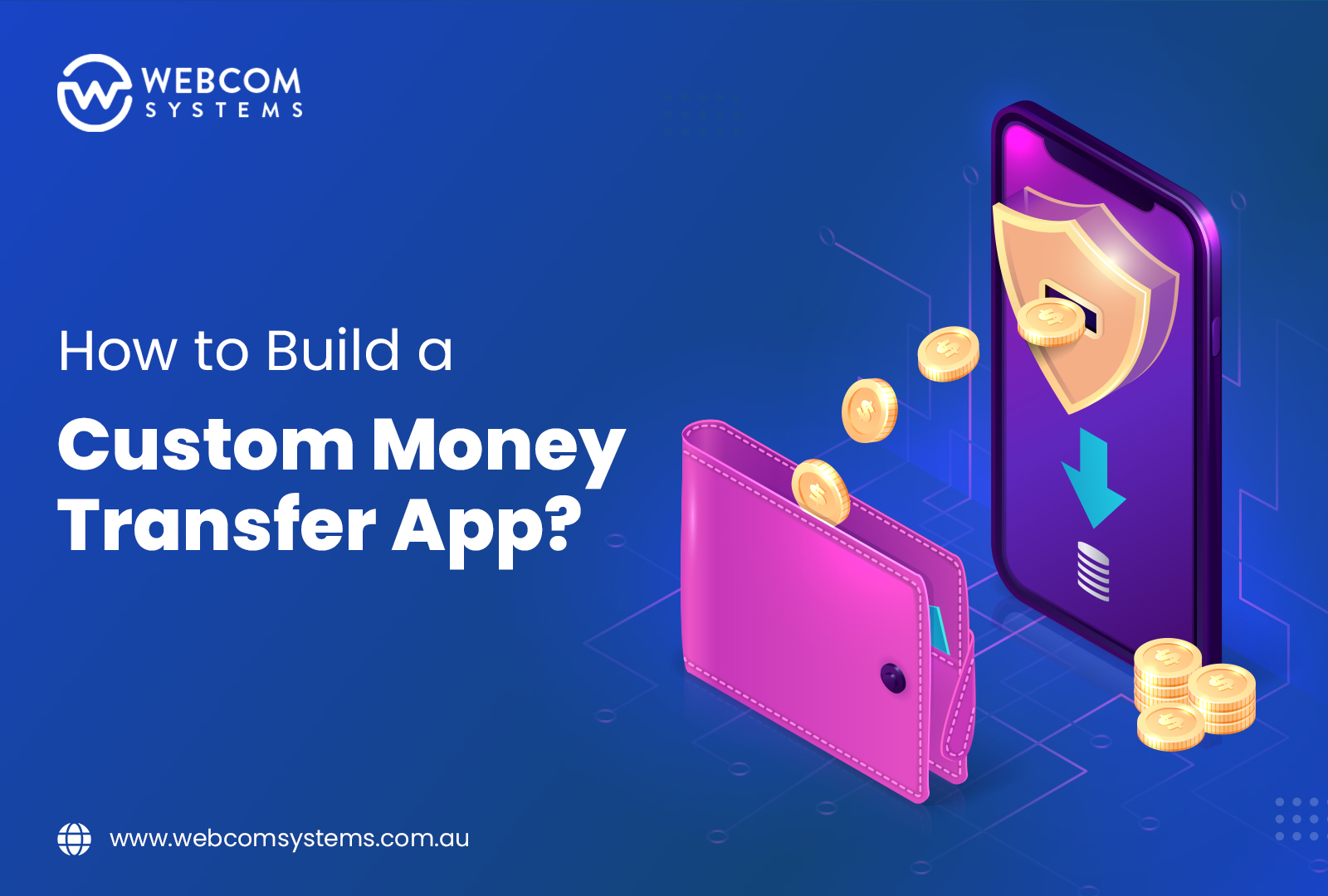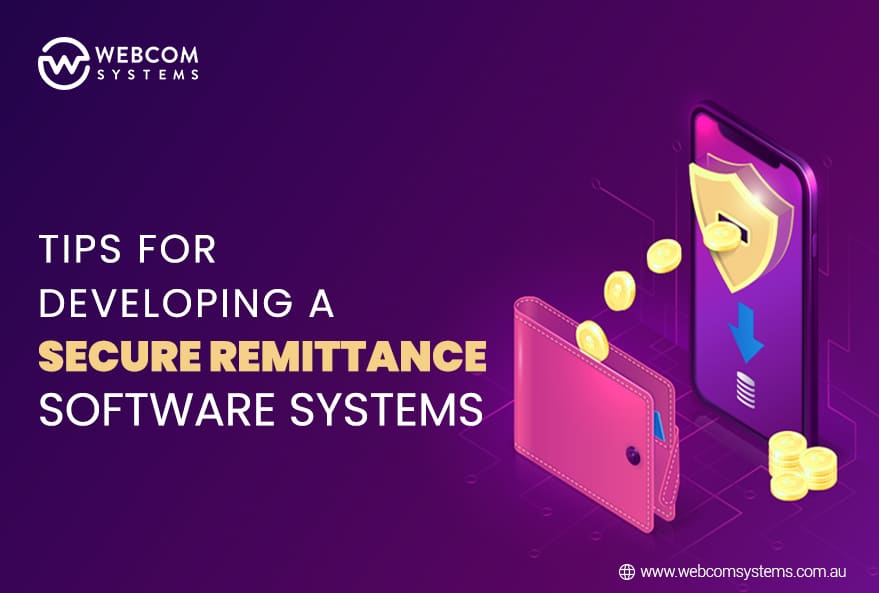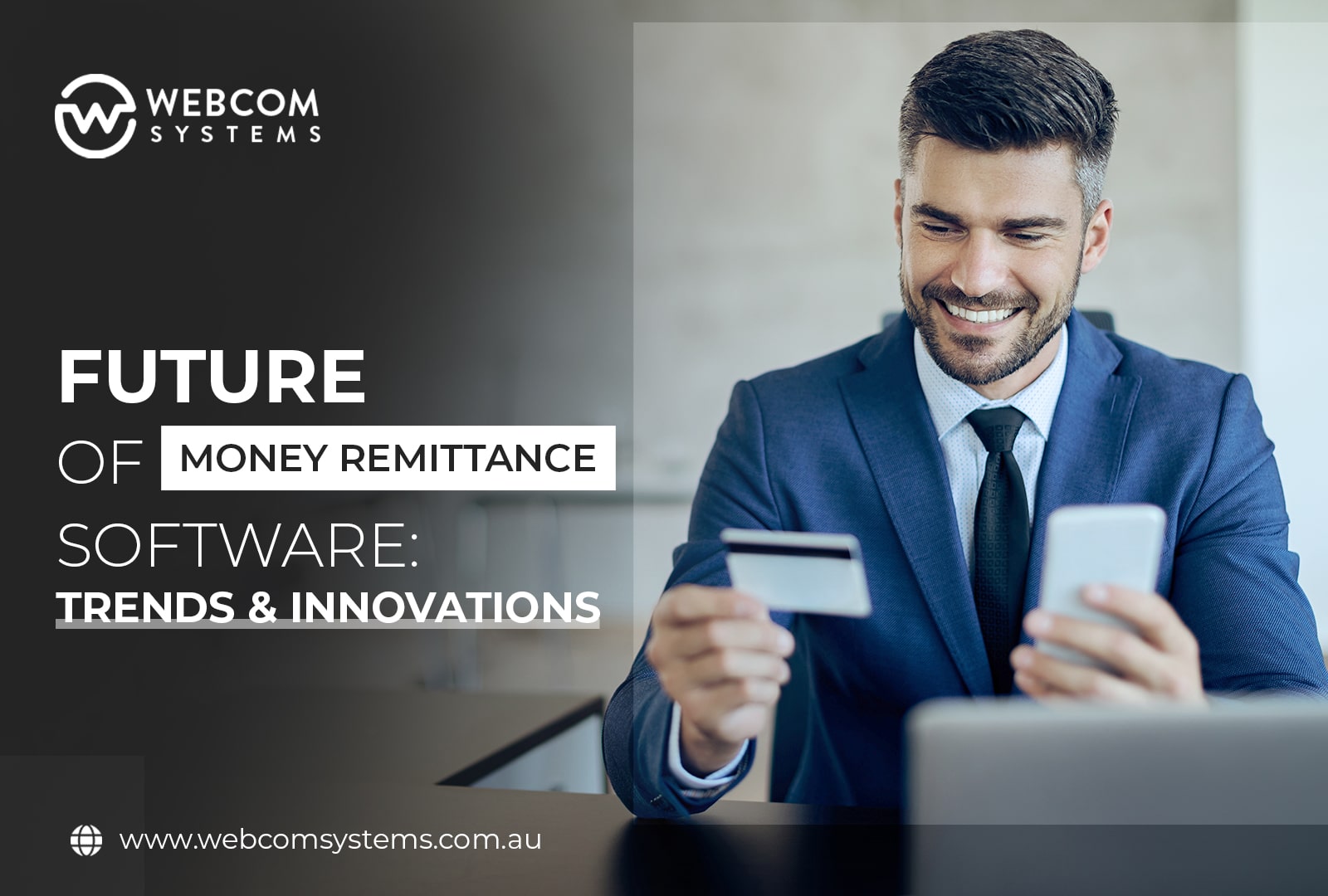How to Build a Custom Money Transfer App?
Category : Money Transfer App / by Andrew
The incorporation of online payment applications has revolutionized the way we all conduct financial transactions on a daily basis. A mobile app simplifies the banking procedure, whether in a personal or business setting.
The age-old approach of going to banks and waiting in line to deposit or withdraw money is OVER!
With the aid of a smartphone app, the payment ecosystem has taken a dramatic turn, satisfying the requirements of Millenials. There is no need for paper, filling slops, or waiting indefinitely here. This hectic procedure is easily replaced with a few clicks on the consumers’ smartphone, and every needed detail, information, or transaction process is completed without difficulty.
Money transfer app development is one of the client-focused services in which the Fintech sector substantially spends.
So, how to create a money transfer app?
Building a complicated FinTech solution takes a lot of time and work. If you want a bespoke money transfer application, work with a skilled team of developers who will turn your ideas into reality. We, at webcom systems, bring on board skilled software developers with prior expertise with payment systems. As a result, we’ve chosen to share our expertise in developing a money transfer system.
- Discovery stage – The very first level is to conduct a market, need, and product analysis of your competitors’ products. The outcome of this study will help you construct a list of must-have features and unique characteristics that will help your product stand out in the marketplace.
- Creating a user-friendly UX concept – At this level, UX designers deliver flawless user experiences. A user experience designer is concerned with the entire process of acquiring and integrating a product, which includes branding, design, usability, and function. An app should be easy to use, have a multilingual interface, be simple to navigate, provide rapid access to all critical functions, and be compatible with a wide range of devices (both desktop and mobile).
- Building a money transfer portal – At this point, developers are working on implementing all of the anticipated features. Electronic wallets are created by specialists and may be filled up with a bank account or credit/debit card and used for local and/or international payments in multiple currencies. Furthermore, the essential functionality for managing and controlling funds is being created, such as contactless payment, currency exchange, withdrawal limitations, and a daily transaction limit.
- User management modules – User management modules have many interfaces each with its own set of functionalities (for example, for the cashier or administrator). Additionally, capabilities that allow companies to build marketing campaigns, send messages to customers, and create promo codes should be included.
- Reporting and accounting – An accounting and reporting feature is useful for keeping track of financial assets and account data. This tool allows users to specify suitable boundaries, create reports, and estimate profits and losses.
- Security – Money transfer applications transmit not just transactions but also activity reports including private data, therefore security is at the center of any FinTech service. Apply all data protection procedures to maximize user safety and minimize financial terrorism:
- Include two-factor authentication and the option to change passwords on a regular basis.
- Ascertain PCI DSS compliance.
- Follow HIPAA compliance guidelines.
- Identity verification, such as anti-money laundering (AML) and “Know Your Customer” (KYC) safeguards, should be included.
- Take advantage of data encryption, as well as session duration limitations, backup, and alarm features.
The main features that every money transfer application must have are:
- Sign in/Register – This is the most basic, yet most important, the function that your app must have. You should make it as simple as possible, but you must integrate the critical information without using the app platform, and the app must validate the facts by SMS or phone call.
- E-wallets – The digital wallet, often known as an eWallet, is the greatest alternative for experimenting with payment methods in the digital form. This prevents any form of cash, credit, or debit card from being present in the users’ pockets. And it enables them to pay quickly and successfully manage their budget.
- Face ID and Touch ID authentication – This feature includes biometric app protection, which includes fingerprint and face recognition. This contributes to a reduction in worldwide transaction fraud.
- Chat support (24/7) – Your app must give customers round-the-clock customer assistance; as a money app, it must provide consumers with unconditional support. This will allow them to receive immediate access to the answers to their questions.
- Notifications and warnings – Push messages and SMS notifications to provide customers with up-to-date information on recent transactions, crucial payments, and other money-related information.
- Currency exchange and cross-border transfers – Your app should provide a platform for customers to access hassle-free international money transfers with low or no fees, as well as real-time currency conversion rates.
- Data security – Without data security and protection, money transfer software is worthless. To make this an indelible feature of your app, you must provide your users with the greatest degree of data security. This may be accomplished by ensuring that your software complies with legal standards, secrecy, secure system logs, several alternatives for user authentication, and other features.
Advanced features to create your own money transfer app
We’ve provided a concise overview of the many processes required to assist you in developing an app solution.
- CRM module integration – A money transfer app has a variety of interfaces inside the app system, including admin, auditor, cashier, and many more. These capabilities aid in the monitoring of account activities and even allow financial institutions to launch marketing campaigns through the app.
- Reporting in real-time – Real-time monitoring is a critical component of an online payment app, and it must have a tool to monitor real-time data of available balances, analyze profits and losses, and establish general restrictions for money transfers.
- Strict compliance and security – Every nation have its own set of rules and regulations regarding payment functionality. And there are various data encryption, backups and recovery, session duration limitations, and many other features. Take notice of KYC, AML, and other counter-terrorism funding compliance requirements for banking apps.
- An easy-to-use UI/UX – When a user visits your app, they should be greeted with a pleasant user experience. During the development phase, you must guarantee that your app has a bug-free and user-friendly app interface. Your app’s design should be unique while being simple enough to avoid confusing consumers. As a result, pay attention to what your users are seeking and strive to incorporate everything in accordance with their VISION.
Conclusion
In short, the new values of digital financial services are laying the groundwork for eventual widespread acceptance. Overall, consumer-centric digitization is displacing traditional financial service delivery techniques. Furthermore, the most popular technologies give fresh meaning to future advances in money transfer app creation.
Recommended Read: How Much Does It Cost to Develop a FinTech App?




